
Throughout the time I have worked as a Science Educator, I have worked on unit projects in my classroom and have tried to share these experiments with my colleagues. These curriculum materials have been tested and yield positive hands on science experiences for students. Feel free to use this information as a guide with the students in your classroom.


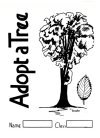 Adopt A Tree
Adopt A TreeIn this science unit, scudents watch a tree for a month and write about their observations.
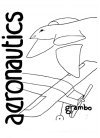 Aeronautics
AeronauticsThis Unit has students understanding what it takes to make an object lift off the ground and fly.
 Top Sectret Classified Information - Activities To Introduce Budding Zoolologists To Animal Classification
Top Sectret Classified Information - Activities To Introduce Budding Zoolologists To Animal ClassificationThis magazine article - science unit has students working on several activities that have them understanding how animals get classified.
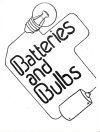 Batteries And Bulbs
Batteries And BulbsThis science unit has students experimenting with series and parallel circuits.
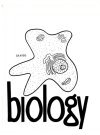 Biology
BiologyThis science unit has students using a microscope to find out how a plant cell is different from an animal cell. The needs of living things are discussed in this unit.
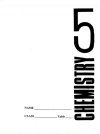 Chemistry 5
Chemistry 5This chemistry unit has students experimenting with mixtures and compounds. Acids are also looked at in this chemistry unit.
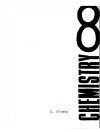 Chemistry 8
Chemistry 8This chemistry unit has students finding out about solutions and suspensions. In this unit we also work with acids and bases.
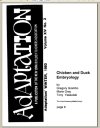 Chicken And Duck Embryology
Chicken And Duck EmbryologyThis magazine article - Sscience unit has students finding out how animals go through the process of gestation.
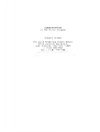 Classification In The Animal Kingdom
Classification In The Animal KingdomThis unit uses games and music to teach about the animal kingdom
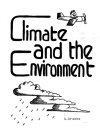 Climate And The Environment
Climate And The EnvironmentThis unit on weather teaches abot air and how air affects us. Students will discover how rain and wind help determin weather conditions. Included is a weather BINGO game.
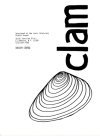 Dissecting Guide - The Clam
Dissecting Guide - The ClamThis is a dissection guide to help students understand the internal organs of the clam.
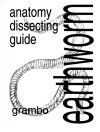 Dissecting Guide - The Earthworm
Dissecting Guide - The EarthwormThis is a dissection guide to help students understand the internal organs of the earthworm
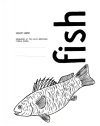 Dissecting Guide - The Fish
Dissecting Guide - The FishThis is a dissection guide to help students understand the internal organs of the fish
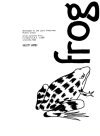 Dissecting Guide - The frog
Dissecting Guide - The frogThis is a dissection guide to help students understand the internal organs of the frog
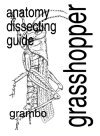 Dissecting Guide - The Grasshopper
Dissecting Guide - The GrasshopperThis is a dissection guide to help students understand the internal organs of the grasshopper
 Ecosystem
EcosystemIn this unit students find our about produces and consumers. Food webs and food chains are also a concept developed in this science unit.
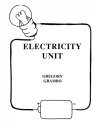 Electricity
ElectricityThis electricity unit covers series and parallel circuits. This unit also covers conductors and nonconductors. In this unit, students will measure current and voltage.
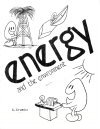 Energy And The Environment
Energy And The EnvironmentStudents will sail boats, use windmills and water wheels to find out about energy. Included in this unit is a BINGO game.
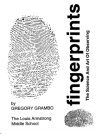 Fingerprints - The Art And Science Of Observing
Fingerprints - The Art And Science Of ObservingStudents will learn to look at fingerprints and find ways to tell them apart. Students will lear about the eight types of prints. Students will become fingerprint detectives and learn to lift and identify latent prints.
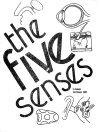 Five Senses
Five SensesEach experiment in this unit has the students discovering things about one of their five senses - smell, taste, touch, hearing, seeing.
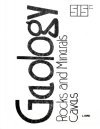 Geology - Rocks, Minerals and Caves
Geology - Rocks, Minerals and CavesWhat is the difference between sedimentary, igneous and metamorphic rocks? What are minerals? Why do rock formatios hang from the ceilings of caves? These are the questions students will find answers to by working on this science unit.
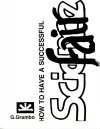 How To Have A Successful Science Fair
How To Have A Successful Science FairThe science fair is more than having your students work on a project and presenting it to the class. The fair is a presentation of many projects to the students and adults at your school. The science fair needs to be thought out so it will be successful and students will be proud to have their wouk displayed in your school fair. This booklet explais the process of setting up and running a science fair.
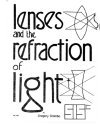 Lenses And The Refraction Of Light
Lenses And The Refraction Of LightLight is a thing; we can speed it us and slw it down. We can make it bend and change direction. We call this refraction. This unit has students playing with lenses to bend and change the direction of light.
 Let Your Fingers Do The Walking - Investigating Science Through Fingerprint Activities
Let Your Fingers Do The Walking - Investigating Science Through Fingerprint ActivitiesThis magazine article - science unit has students finding out about the main types of fingerprints and how fingerprints differ from each other. No two people have the exact same fingerprints, not even identical twins. This unit has students working on their observation skills.
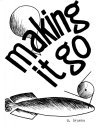 Making It Go
Making It GoIn thi machines unit students find out why muscles fatigue and how machines like paddles help to make objects move.
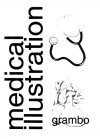 Medical Illustration
Medical IllustrationIn this Art - Science unit of studey, students perform experiments to find out about the body systems while learning to draw or illustrate the system structures.
 Microscope
MicroscopeStudents work with the microscope preparing wet and dry cell mounts to see the smallest of living creatures on our earth.
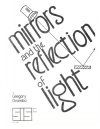 Mirrors And The Reflection Of Light
Mirrors And The Reflection Of LightNot only can light be bent, but we can bounce it off of things. In this unit we use mirrors to change the direction of light.
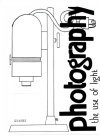 Photography - The Use Of Light
Photography - The Use Of LightLight is radiant energy and has the power to effect special paper and substances we pot onto that paper. Using black and white photography paper, students make pinhole cameras and learn to develop the films. Students also learn to use photographic enlargers in this science unit.
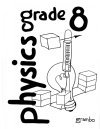 Physics Grade 8
Physics Grade 8This unit starts with energy and moves into force and work. Simple machines are explored in this science unit.
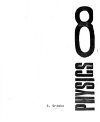 Physics Grade 8 - Simple Machines - Energy
Physics Grade 8 - Simple Machines - EnergyThis unit starts with energy and moves into force and work. Simple machines are explored in this science unit.
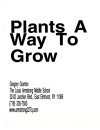 Plants - A Way To Grow
Plants - A Way To GrowWhat plants meed to stay alove and grow are covered in this unit of study. Students will look at seeds, sems, roots and leaves of plants to see how they develop.
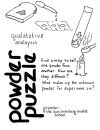 Powder Pozzle - Qualatative Analysis
Powder Pozzle - Qualatative AnalysisThis chemistry unit has students finding a way to tell five white powders apart from each other. What physical or chemical characteristics can be used like a fingerprint to identify each powder individually. In this unit, students will be asked to experiment on an unknown mixture of thses powders to see what powders were put into their unknown.
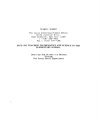 Scientific Method - The Great Penny Experiment
Scientific Method - The Great Penny ExperimentThis unit has students dropping water on pennies to gather numbers, create data tables and generate graphs, all while learning the scientific method.
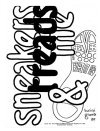 Sneakers Treads And Me
Sneakers Treads And MeThis Science - Math unit has students exploring why the bottoms of sneakers are designed as they are. Why are basketball sneakers different from running shoes? Students will work with friction, explore density and measure surface area in this unit.
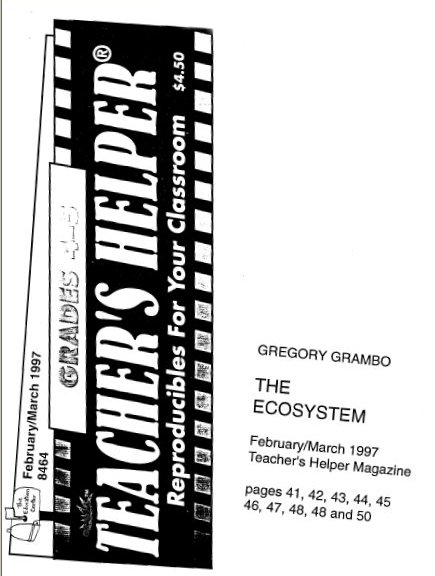 The Ecosystem
The EcosystemThis magazine article - science unit explores food chains and webs in the environment. How are animals adapted to find and eat food? How they animals hide, hunt and survive are covered in this unit.
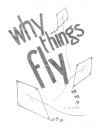 Why Things Fly
Why Things FlyIn this unit we cover density and why hot air rises. Students will examine air pressure and with the help of bernoullis principle. the causes of lift and drag. In the culminating activity, students design, build and fly a kite.